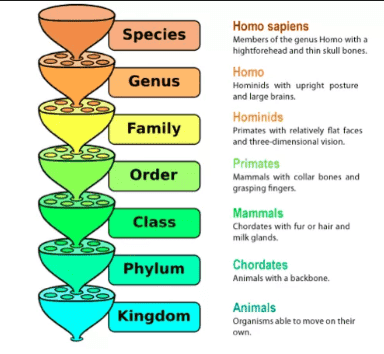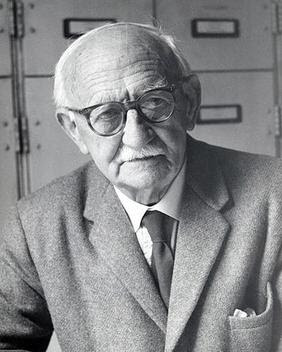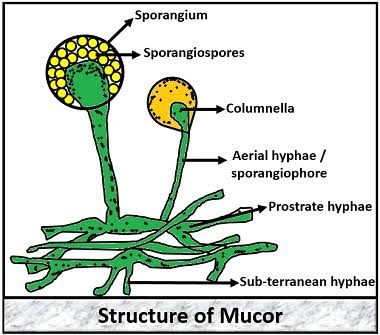GROUP - IV
ORDER - None assigned
FAMILY - Virgaviridae
GENUS - Tobamovirus
GENOME - Linear, single-component, single stranded RNA of about 6,400 nucleotides, encoding four proteins
GEOGRAPHY - Worldwide
HOSTS - Many plants
ASSOCIATED DISEASES - Leaf mosaic, severe stunting; lethal in some hosts
TRANSMISSION - Mechanical
 |
| Source wiiipedia |
Many aspects of molecular biology discovered by studying a virus In the late nineteenth century researchers in the Netherlands described a new mosaic disease in tobacco that could be transmitted by the sap from an infected plant. Scientists in Russia and the Netherlands showed that the infectious agent could pass through very fine filters that were used to eliminate bacteria, and the Dutch researcher recognized that this was a new form of infectious agent that he named a virus. Many other firsts have been attributed to this virus, including the understanding of the genetic nature of RNA, the genetic code (how RNA is used to make proteins), and how large molecules move in plant cells.
Tobacco mosaic virus was the first virus for which the structure was determined, and Rosalind Franklin, famous for her work on the structure of DNA, made a model of Tobacco mosaic virus that was displayed at the 1958 World’s Fair in Brussels. Tobacco mosaic virus was also the first used for a genetically modified crop; to demonstrate the principle, tobacco plants were made that carried the coat protein gene of the virus and were shown to be resistant to virus infection.
Tobacco mosaic virus infects many crop and garden plants, including tomatoes, in which it can be lethal. The virus is common in tobacco products and is very stable; it can pass through the human gut and remain infectious. Smokers and other tobacco users can easily transmit the virus by handling plants. Fortunately many modern tomato cultivars are resistant to the virus, but most heirloom varieties are not.











0 Comments
If you have any query let me know.